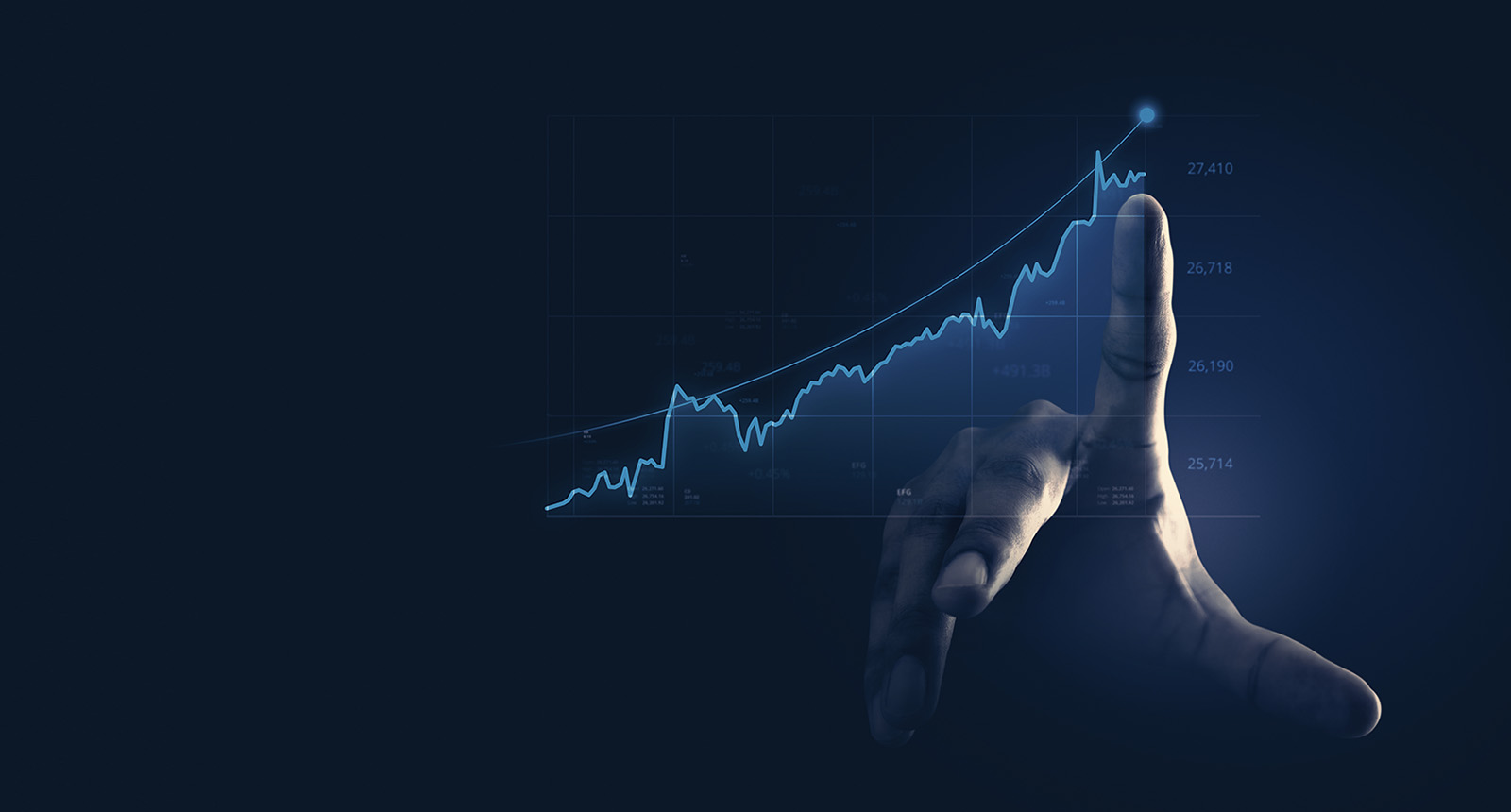Inflation is an important factor that influences the financial markets, particularly in Europe, where the European Central Bank (ECB) is closely monitoring the situation.
As inflation rates continue to fluctuate, retail investors may be concerned about the impact on their investment portfolios, particularly in structured products and certificates.
We will discover the impact of inflation on structured products and certificates in Europe, discuss strategies for using these instruments to hedge against rising inflation, and outline the potential risks and benefits for retail investors.

Navigating Inflation in Europe: Strategies and Implications for Structured Products and Certificates.
Navigating Inflation in Europe: Strategies and Implications for Structured Products and Certificates.
Understanding the Impact of Inflation on Structured Products and Certificates
Inflation can have significant implications for structured products and certificates, particularly when it comes to their returns and overall performance.
As the cost of goods and services increases, the purchasing power of currencies decreases, which may result in reduced real returns for investors.
In addition, higher inflation rates can lead to increased market volatility, which can affect the performance of structured products and certificates.
Strategies for Using Structured Products to Hedge Against Rising Inflation
There are several strategies that retail investors can adopt to hedge against rising inflation using structured products and certificates.
Some of these include:
- Inflation-Linked Bonds
Inflation-linked bonds, such as European government-issued bonds, are designed to protect investors from inflation by adjusting the principal amount and interest payments based on the inflation rate. These bonds can help investors maintain their purchasing power and protect their investments from the adverse effects of inflation.
Example: The French government-issued OATi (Obligations Assimilables du Trésor Indexées) is an example of an inflation-linked bond that adjusts its principal and interest payments based on the Eurozone Harmonized Index of Consumer Prices (HICP).
- Commodity-Linked Structured Products
Commodity-linked structured products provide investors with exposure to various commodities, such as gold, oil, or agricultural products, which tend to perform well during periods of inflation. These products can help investors diversify their portfolios and hedge against inflationary pressures.
Example: A gold-linked structured product could provide investors with exposure to the performance of gold prices, which historically have demonstrated a positive correlation with inflation.
- Equity-Linked Notes with Inflation-Protection Features
Equity-linked notes (ELNs) with inflation-protection features provide investors with exposure to equities while incorporating mechanisms that protect the investment from inflationary pressures. These notes can offer a combination of capital protection and participation in the equity market’s performance, helping investors hedge against inflation while maintaining growth potential.
Example: An ELN linked to the Euro STOXX 50 index with a built-in inflation protection feature could provide investors with exposure to European equities while safeguarding their investment from rising inflation.
Risks and Benefits for Retail Investors
While structured products and certificates can provide effective inflation-hedging strategies, it is essential for retail investors to understand the associated risks and benefits.
Benefits:
- Protection from Inflation: Structured products with inflation-hedging features can help investors preserve their purchasing power and protect their portfolios from the adverse effects of inflation.
- Diversification: Investing in structured products with exposure to different asset classes, such as equities, commodities, or inflation-linked bonds, can help investors diversify their portfolios and reduce overall risk.
- Customization: Structured products offer a high level of customization, enabling investors to tailor their investments to suit their risk tolerance and investment objectives.
Risks:
- Complexity: Structured products can be complex, and retail investors may struggle to understand the underlying mechanisms and potential risks fully.
- Liquidity: Some structured products may be less liquid than traditional investments, making it challenging for investors to sell their positions in a timely manner or at a favorable price.
- Counterparty Risk: Structured products typically involve a counterparty, such as a financial institution, that is responsible for delivering the promised returns. Investors are exposed to the risk that the counterparty may default or become insolvent, potentially resulting in losses.
- Limited Upside Potential: Some structured products, particularly those with capital protection features, may limit the potential returns that investors can achieve. While these products can offer downside protection, the trade-off may be a reduced upside potential in strong market conditions.
In today’s uncertain economic environment, where inflation is a growing concern for investors, structured products and certificates can play a vital role in helping retail investors hedge against rising inflation.
By understanding the impact of inflation on these instruments and employing strategies such as inflation-linked bonds, commodity-linked structured products, and equity-linked notes with inflation-protection features, investors can better protect their portfolios from inflationary pressures.
However, it is crucial for retail investors to carefully consider the risks and benefits associated with these strategies, such as complexity, liquidity, counterparty risk, and limited upside potential.
By thoroughly evaluating their investment objectives, risk tolerance, and the specific features of each structured product, investors can make informed decisions and effectively navigate the challenges posed by inflation in Europe.
In summary, structured products and certificates can offer retail investors valuable tools for hedging against inflation while providing diversification, customization, and potential for growth.
By carefully considering the associated risks and benefits, investors can better position themselves to weather the impact of inflation and achieve long-term financial success in Europe’s dynamic market landscape.
Get Started with YiELDEN




